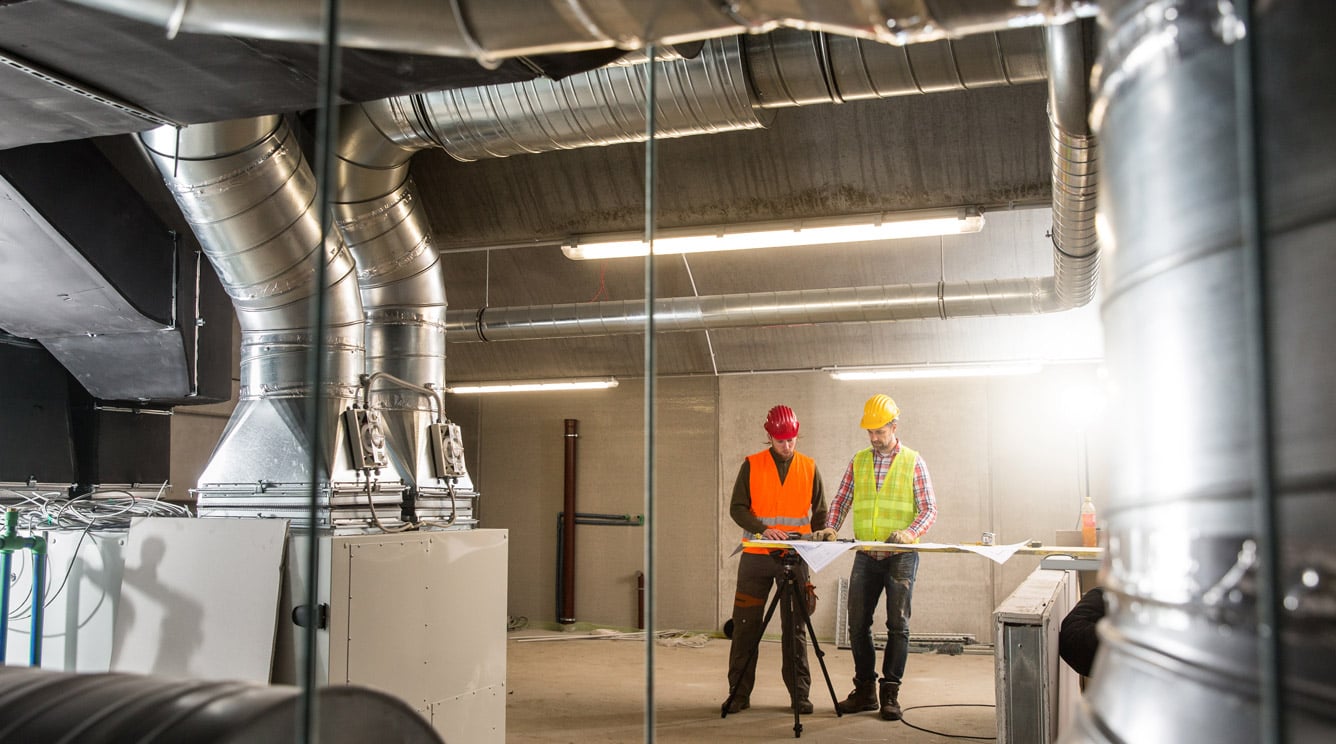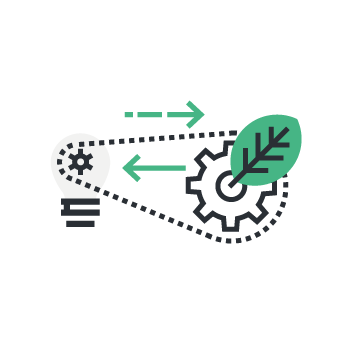
A 40-year plus payback for a new all-electric Heating Ventilation and Air Conditioning system may seem a lot, but the planet benefits now. AES Engineering group Managing Director Chris Rea gives the background to an investment decision.
The existing HVAC Roof Top Units at AES Engineering group’s AESSEAL Inc plant in Rockford, Tennessee are old and inefficient and require a lot of maintenance.
However, the long payback (43 years) of a more environmentally friendly and better performing all-electric replacement meant that factors other than the purely financial had to come into play.
The existing system uses 5,300 CCF of gas (brown energy) and 325,000 kWh of electricity to run and creates 43 tonnes of C02e each year. The running cost is $46,000 USD a year.
The business has ordered an all-electric replacement at a capital cost of $475,000.
The running cost will reduce to $35,000 a year which is the current cost to purchase approximately 260,000 kWh of 90% green electricity and the CO2e emissions will reduce by around 30 tonnes.
The 43 year return on investment would be terrible except old systems also cost more to maintain and modern HVAC systems provide a better heating and cooling experience for people for the following reasons:-
Older systems such the one in use in Rockford are not energy efficient as the controls and the heating and cooling elements are separate. The older systems struggle with differing heating and cooling requirements and tend to run longer hours and consume much more energy.
Modern HVAC RTU’s come packaged and optimised for the duty. They contain evaporator and condenser coils, a compressor (cooling) and heat source (electric or gas) and a fan.
Importantly the building management system must communicate with the HVAC RTU through a series of thermostats that communicate to the HVAC RTU’s via WiFi/Blue tooth/BACnet IP etc and regulate the internal spaces through split systems. In other words the modern system does not have to be on all the time as it is only providing what it is asked to provide both in terms of heat and cooling.
RTU’s also provide clean filtered air.
More technically the system will utilise Variable Refrigerant Flow (VRF) that works by consolidating the condensers and putting multiple air handlers on a multi-stage condenser. This allows the one condenser to regulate the refrigerant flow thus lowering the power consumption instead of cycling on and off as needed. It also allows the multiple air handlers to run in either heat or cool simultaneously in the internal spaces transferring heat within the building instead of outside to inside with the compressors when applicable. Split systems to replace the existing internal units will also aid cooling and heat transfer between internal areas. A split system HVAC unit places evaporators (mini heat pumps) inside the building to extract heat from the internal space.
The new system will comprise 6 x HVAC RTU’s to replace existing equipment.
12 x Split Systems to replace existing equipment.
7 x Mini Split Systems to replace existing equipment.
Plus all thermostats and controls.
Apart from reduced maintenance and a better work environment our global business our global business has committed to invest $42 million USD on environmental projects by 2029.
As AESSEAL Inc Rockford buys 90% green energy the electrical only upgrade is the environmentally friendly option.

Follow the journey and keep up to speed with the updates in our Betterworld.Solutions magazine and the #29millionby29 campaign on Chris Rea’s LinkedIn.



